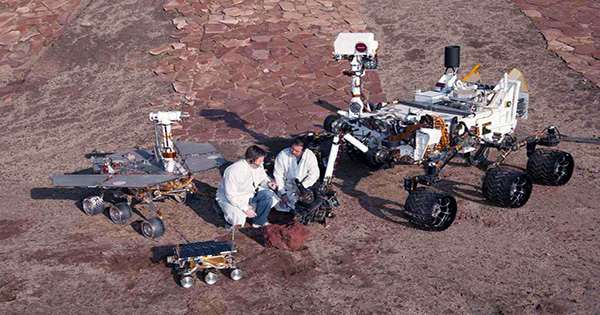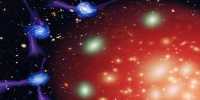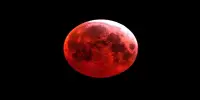The International Astronomical Union has announced that a previously unnamed impact crater on the Moon will be named after Dr. Matthew Alexander Henson, an African-American Arctic explorer who is credited with being the first person to reach the North Pole in 1909, along with Robert Peary and four Inuit hunters. Henson’s various achievements, notably his participation in 12 Arctic trips, were recognized both during his lifetime and after his death, but not enough to make him a household name, Henson was a seasoned explorer who had spent 18 years exploring the Arctic with Peary.
Despite proof that he was the first person to “stand on top of the globe,” his contribution was reduced by some due to his race, and for a long time, entire credit was given to Peary. He now possesses something that few other explorers have: his name written in the stars. Henson Crater is located between Sverdrup and de Gerlache craters on the Moon’s South Pole, in the location where the Artemis program hopes to land the next generation of lunar explorers.
Jordan Bretzfelder, a visiting graduate researcher from the Lunar and Planetary Institute’s Exploration Science program, proposed the idea. They’re surveying the Moon’s South Pole as part of the program, with the objective of finding two possible landing sites for Artemis humans when NASA returns to the Moon in a few years. They discovered this impact crater halfway between the two places. It has a shaded floor that could retain ice, which future astronauts could use for water, radiation protection, and propellant. It was far too significant a feature to be left unidentified.
Bretzfelder discovered that Henson had not yet been honored with a lunar name, so he proposed it to the International Astronomical Union’s Task Group for Lunar Nomenclature, together with Dr. David Kring. In a statement, Bretzfelder said, “Creating an open society and achieving fairness in the sciences begins by acknowledging the achievements of people from all backgrounds.” “It felt like an injustice that Henson’s contributions to polar research hadn’t been properly recognized, and I’m proud to be a part of making that right.”
“It is critical to recognize the achievements of previous explorers as well as the different talents that will be required to effectively explore the Moon in the future,” Dr. Kring stated.
It is far from unanimously agreed that Peary and Henson’s expedition reached the geographical North Pole in April 1909. There is convincing evidence both for and against the achievement. The team overshot the Pole by several kilometers, according to their logs, and had to circle back. It was at this point that Henson noticed his footsteps were the closest and he was the first to arrive.















